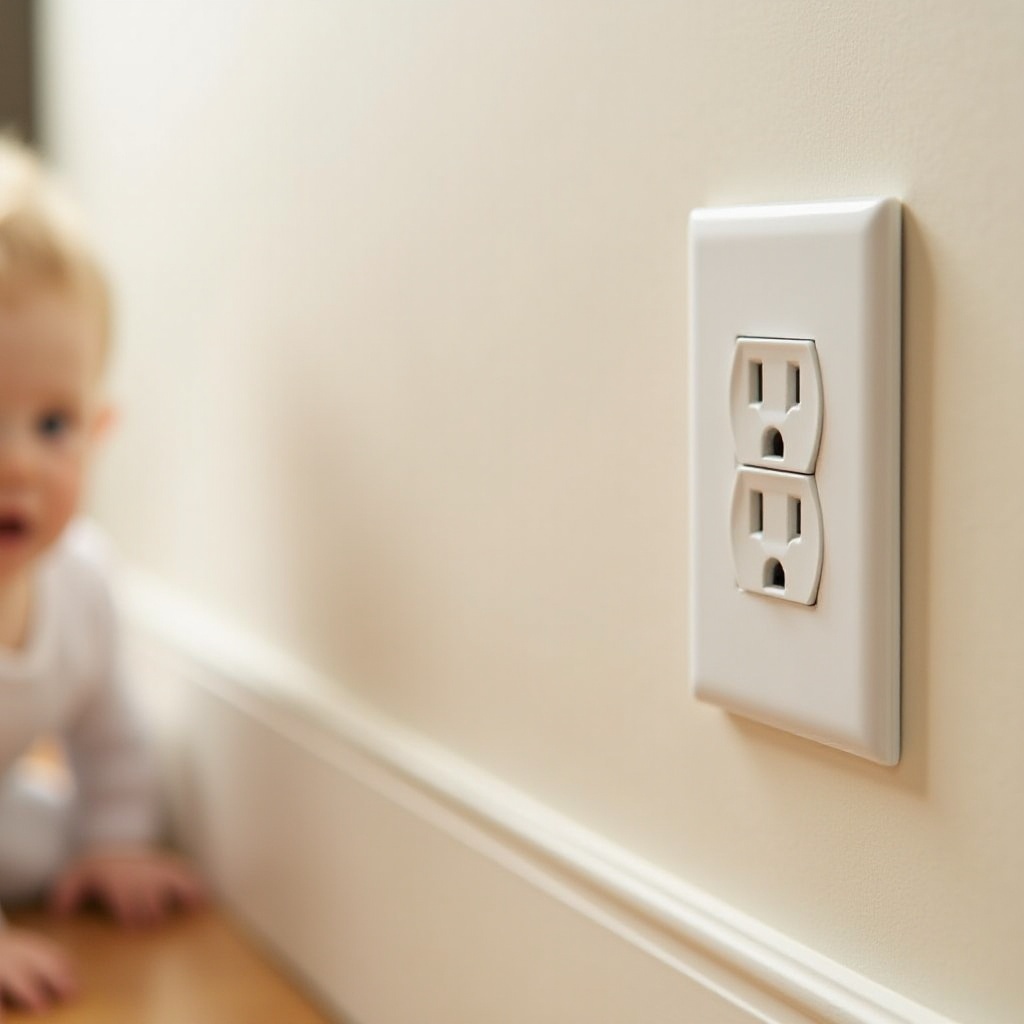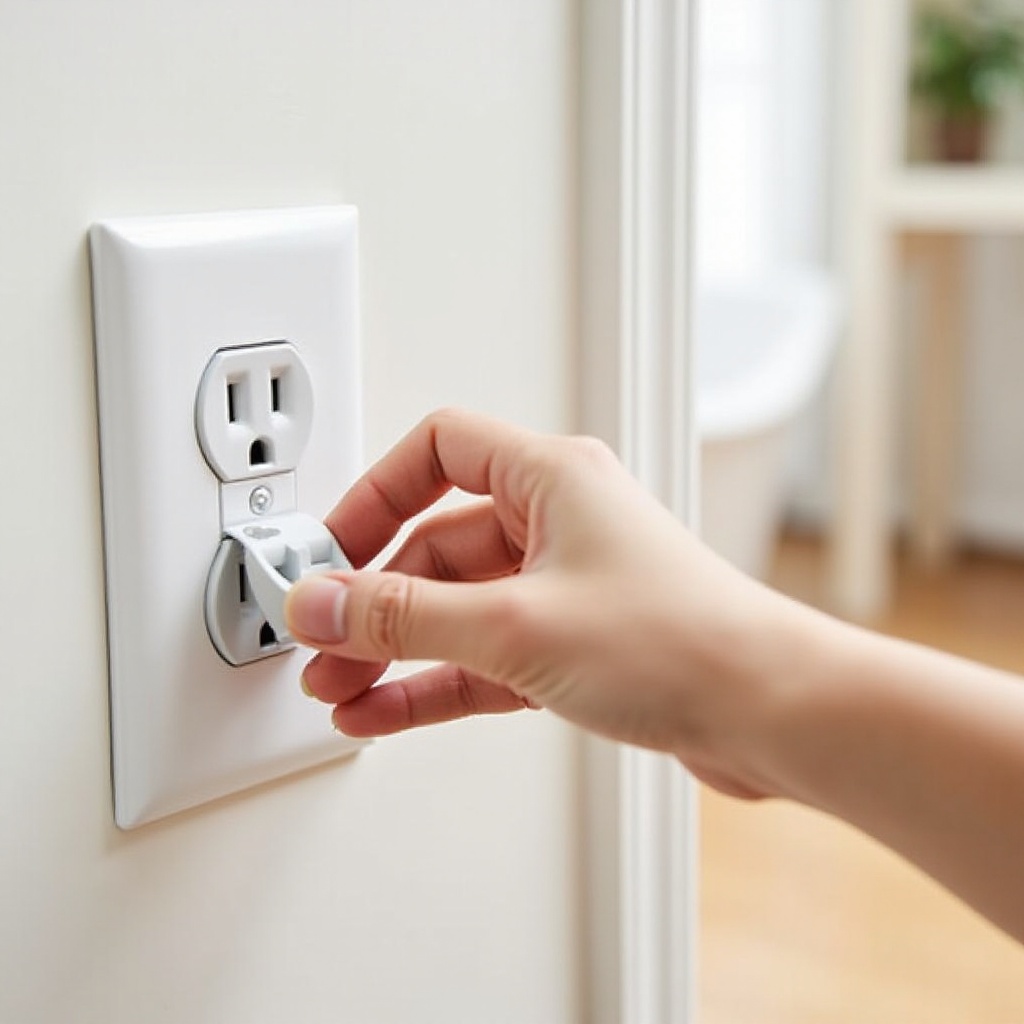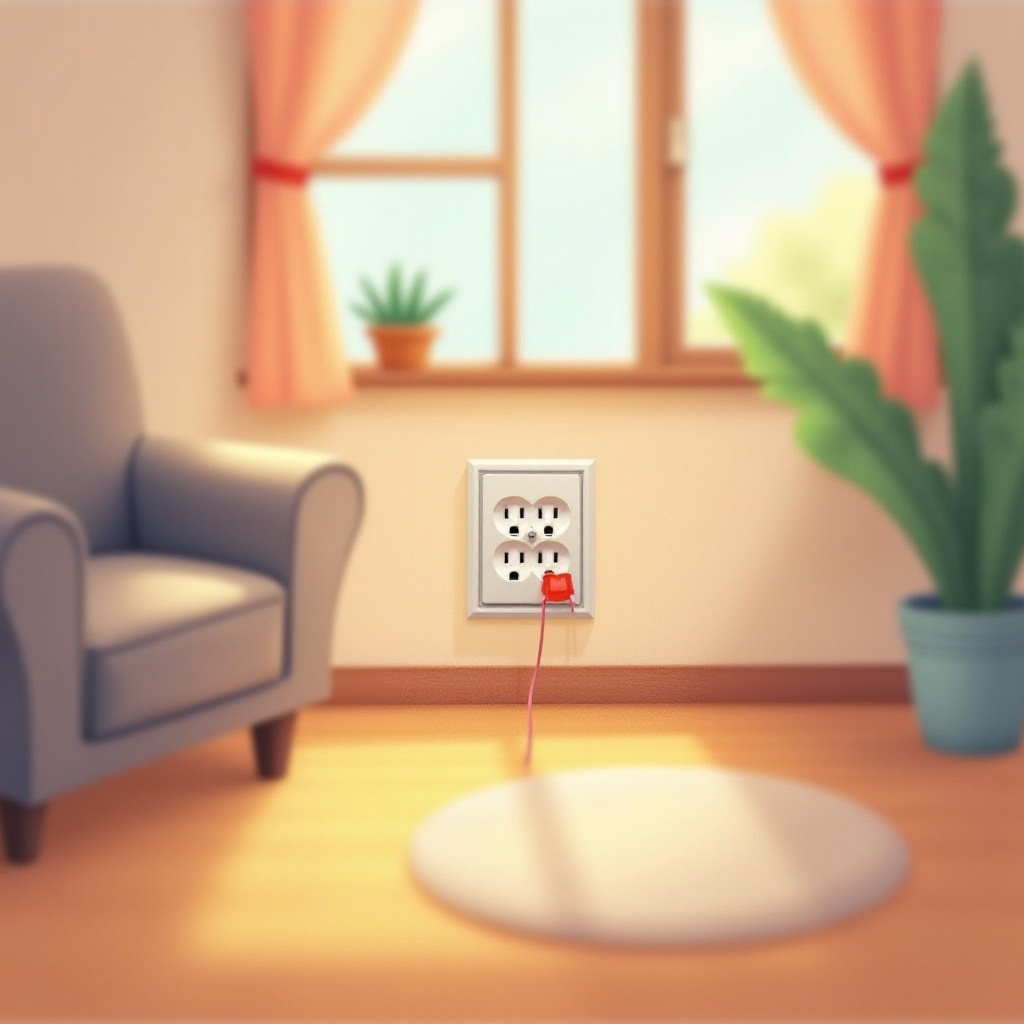How to Cover Electrical Outlets for Baby Safety: A Complete Guide
Keeping your children safe at home is a priority for every parent. Curious little hands often find their way to electrical outlets, unknowingly playing with danger. Covering electrical outlets is a simple yet crucial step to protect children from electrical accidents. This guide will offer detailed insights into why covering electrical outlets is essential, explore various types of covers, provide a step-by-step installation guide, and share additional safety tips to enhance your home’s childproofing efforts.
Introduction
Ensuring your home is safe for children is a significant task, and securing electrical outlets is an integral part of this process. Outlets, low on walls and easy to reach, are attractive to toddlers. These hazards can lead to severe accidents if left unprotected. Installing outlet covers is one of the simplest ways to keep your children safe. In this guide, we will delve into the types of outlet covers available and provide comprehensive steps to install them efficiently. We’ll also discuss further safety measures to ensure a secure environment for your child.

Why Covering Electrical Outlets is Essential for Safety
Addressing the dangers posed by electrical outlets requires action and understanding. These outlets, found in every room, are potential hazards if left uncovered. Children’s natural curiosity can lead to serious accidents, such as electrical shocks and burns. Reports indicate a significant number of injuries annually linked to electrical outlets, highlighting the need for protective measures.
Recognizing these dangers underscores the importance of covering outlets. It is not just a precaution but a necessary step in safeguarding your family’s well-being. As we move forward, we will explore the various solutions available to ensure these potential accidents are avoided.
Types of Electrical Outlet Covers
Choosing the right outlet cover is crucial in providing the intended protection. With different types available, understanding their features helps in making an informed decision.
- Plug-In Outlet Caps: Simple to use and inexpensive, these caps block the socket’s entry. However, if removed, they can become choking hazards, requiring constant supervision.
- Box-Style Covers: These covers enclose the outlet and any plugged-in devices, making it harder for children to access the plugs. They are ideal for frequently used outlets.
- Self-Closing Outlet Covers: Automatically closing when no plug is inserted, these covers offer continuous protection without needing removal and replacement. They provide lasting safety in high-use areas.
Each cover type serves different needs, and selecting the appropriate one involves considering your household’s usage habits.
Step-by-Step Guide: Installing Outlet Covers
Installing electrical outlet covers is an essential process, demanding care and precision to ensure security. Follow these steps for different cover types.
- Gather Necessary Tools: For most covers, you”ll need a flathead or Phillips screwdriver. Read the product instructions to verify any additional tools.
- Install Plug-In Caps: Align the cap with the socket and press firmly until it is secure and flush with the wall.
- Fit Box-Style Covers: Open the cover, place it over the outlet, and use screws to secure it. Make sure all cords fit well within the box.
- Install Self-Closing Covers: Remove the existing outlet plate with a screwdriver. Align the self-closing cover’s plate with the socket and screw it in place, ensuring proper operation through testing.
Installing these covers provides immediate safety benefits, and taking the time to do it right enhances their effectiveness.

Additional Safety Measures Beyond Outlet Covers
While outlet covers form the first line of defense, complementing them with other safety measures can offer even more robust protection. Exploring other safety tools adds an extra layer of security to your home.
- Tamper-Resistant Receptacles: These receptacles have built-in barriers, preventing the insertion of objects other than plugs, ensuring permanent safety without routine checks.
- Power Strip Covers: For areas with multiple electronic devices, power strip covers shield plugs and help organize cables, reducing access to sockets.
Incorporating these additional measures into your home goes a long way in making every room a safer space and effectively mitigates risks associated with electrical systems.
Maintaining and Evaluating Outlet Safety
Ensuring ongoing safety requires regular assessments of your safety measures. Regular maintenance checks not only confirm the durability of installed covers but also reinforce a habit of vigilance.
Regularly inspect outlet covers for wear and tear, particularly those frequently used by children. When children become adept at removing covers, consider upgrading to more secure options, such as tamper-resistant receptacles. With consistent evaluation, you maintain a proactive approach toward home safety, keeping your children secure as they grow and explore.

Conclusion
Baby-proofing your home by covering electrical outlets is an essential step toward creating a safe environment for your children. By understanding the available options and carefully following installation procedures, you significantly decrease the risks of electrical accidents. Including additional safety features provides even further protection, allowing children to explore their surroundings safely and granting you peace of mind. Keep your family safe by staying vigilant and periodically re-evaluating home safety measures.
Frequently Asked Questions
How often should outlet covers be checked for safety?
Regularly inspect outlet covers every few months to ensure they remain securely attached and are in good condition.
Are there any risks associated with using outlet covers?
While outlet covers enhance safety, ensure they are firmly installed and monitor for potential choking hazards. Choose age-appropriate options.
What should I do if my child manages to remove an outlet cover?
If a child removes an outlet cover, switch to more secure types, like self-closing covers or tamper-resistant receptacles, for enhanced safety.

